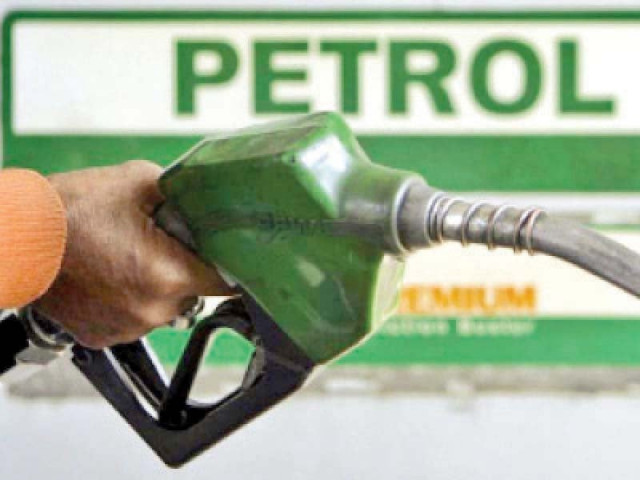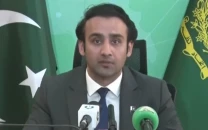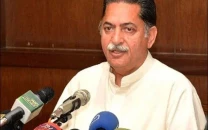POL relief denied to appease IMF
Rs5 PDL hike aims at fulfilling another foreign lender’s condition

Instead of providing relief to the people, the federal government has increased the petroleum development levy (PDL) on high-speed diesel (HSD) by Rs5 per litre, pushing it up from Rs45 to Rs50 per litre -- fulfilling another condition imposed by the International Monetary Fund (IMF) for the revival of the stalled $6 billion bailout package.
However, the government has decided to keep the prices of petrol and HSD unchanged for the next 15 days.
The IMF has been pushing the government to increase the PDL to Rs50 per litre on all petroleum products, according to sources.
The government had already increased the PDL on high-quality petrol to Rs50 per litre in November last year.
Back then, the Economic Coordination Committee (ECC) of the cabinet, after deliberations, allowed the increase in PDL from Rs30 to Rs50 per litre on RON 95 and above-grade fuel with effect from November 16, 2022.
It was argued that the high-quality petrol “is a luxury good being consumed by wealthy consumers in expensive vehicles”.
Apart from HSD, the government has also jacked up the PDL on kerosene oil by Rs2.83 per litre.
However, at the same time it has reduced the PDL on light diesel oil by 80 paisas per litre -- bringing it to Rs13.78 per litre.
The development has dashed the hopes of citizens, who were expecting that a massive decline in the price of HSD in the global market might force the government to pass on a major relief to consumers for the first fortnight of April.
It was being hoped that the federal government would announce a substantial reduction of up to Rs14 per litre in ex-depot fuel prices based on the previous PDL and general sales tax from April 1.
Diesel is widely used in transport and agricultural sectors. Any reduction in its price would have been particularly a good omen for farmers as the crop sowing season has kicked off.
If the government had passed on the full price relief to the consumers, diesel would have cost Rs278.66 per litre compared with the existing price of Rs293 per litre.
Similarly, oil marketing companies were projecting a reduction of Rs3.51 per litre in the price of petrol.
Petrol is an alternative to the compressed natural gas (CNG), especially in Punjab.
In that province, CNG outlets rely on imported gas.
If the entire relief was passed on to the consumers, the price of petrol would have dropped to Rs268.49 per litre against the existing price of Rs272 per litre.



















COMMENTS
Comments are moderated and generally will be posted if they are on-topic and not abusive.
For more information, please see our Comments FAQ